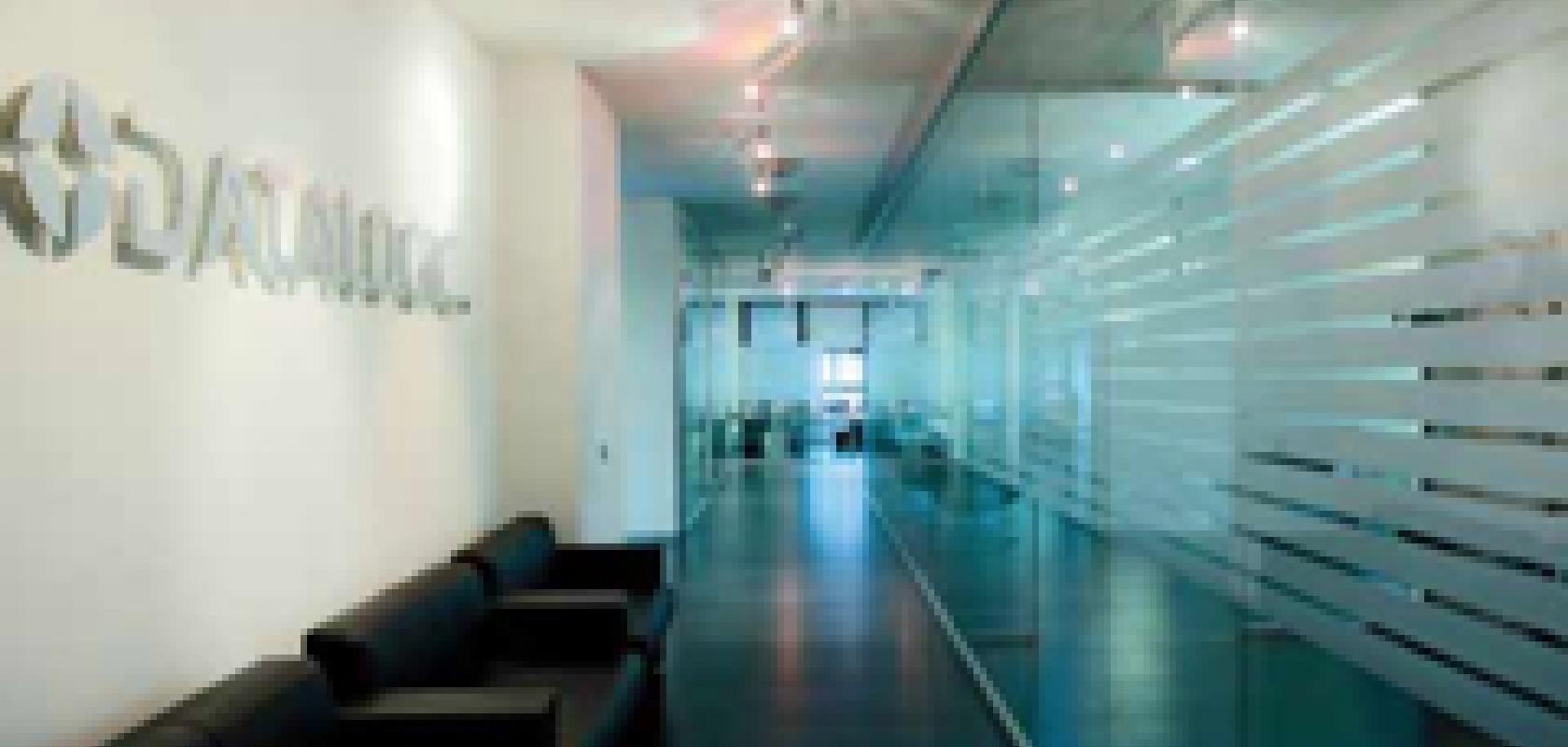To people of a certain age it will barely seem possible, but it is 36 years since the first barcode reader in Europe – Datalogic’s M10 – was produced. Of course, younger generations will find it difficult to remember a time when barcodes and readers were not ubiquitous; these days they have become an integral part of modern life.
Datalogic was founded in 1972 by Romano Volta, operating from a room in a rectory in the parish of Quarto Inferiore, an area on the outskirts of Bologna, Italy. Volta soon became aware of developments in the United States, where IBM and others were developing the first barcodes – and also aware of the fact that a device to read these new codes was not in existence. Soon afterwards, Datalogic became the first company in Europe to produce a working barcode reader (along with several companies in the USA).
Nearly 40 years later this remains the company’s most important business, though in recent years the technology involved has shifted from lasers to imaging/vision – and, indeed, continues to be hugely important.
Datalogic’s business is split into two main divisions: automatic data capture (ADC) and industrial automation. The ADC division mainly focused on the ‘retail’ business, which represents 64 per cent of the company’s turnover. Industrial automation represents around 28 per cent. The technology is similar in both areas; the chief difference being the software that supports the technology, says Donato Montanari, Datalogic’s general manager for machine vision: ‘On the retail side you have often to integrate with the store’s product database that connects to the reader, with thousands of data codes – and there’s also the challenge of DIY shopping, where the user interacts directly with the reader, meaning that the interface has to be user-friendly and extremely reliable.’
The industrial automation division of the company operates in two distinct markets: factory automation and transportation logistics. Factory automation concerns the processes by which goods are made, and transport logistics describes the process of moving those goods around – either locally or globally.
Donato Montanari, general manager of the machine vision business unit at Datalogic, adds: ‘On the industrial automation side the main challenge is that the device has to work reliably in a range of different environments, so they have to be ruggedised; they have to be IP67-rated (a standard that governs water/dust resistance) – so the two areas are represented by very different challenges.’
Looking east
In geographical terms, Datalogic’s home market of Italy represents around eight per cent of its business, with the rest of Europe making up around 40 per cent of turnover and the United States a further 32 per cent. The rest of the world contributes 20 per cent – including Asia and the Far East, which Montanari predicts will become a lucrative market in years to come.
He tells Imaging and Machine Vision: ‘We are predicting strong growth in Asia. There are two main factors at play: an increase in automation generally, and a fast-increasing middle class.
‘The common perception that Asia can provide cheap labour is still true, but quality is becoming more and more important. There has been a huge growth in electronics and the automotive industry. There’s no doubt that many goods will continue to be manufactured in the Far East but the quality needs to improve because customers worldwide are becoming ever more demanding. These days, if you were to buy a phone and found that a single pixel was not working, you would no doubt take it back to the shop. Ten years ago the average customer probably wouldn’t have even noticed it – so quality is now paramount.
‘As the Far East gets richer, the markets will expand further. These days there are comparable numbers of BMWs in Shanghai as there are in Munich, in absolute numbers, so this is a real growth driver. As the middle class becomes bigger and stronger, quality will become more and more of an issue.’
In the West, the driving factor is traceability, says Montanari. In the pharmaceutical, food, and beverage industries, people are increasingly concerned about counterfeiting, and those involved in these industries are keen to ensure that customers can follow the entire supply chain of a product – Where it originated, where it was made, from the powder right through the shelf in a pharmacy. ‘This all means a lot of inspections and vision, and it all has to be integrated.’
Infrastructure has become very sensitive to quality inspection and track-and-trace technology, and the equipment manufactured by Datalogic and other vision companies has by necessity become much more technologically advanced, says Montanari: ‘Our products have to remain at the cutting edge in terms of technology and reliability – and more and more people feel they need to use our products.
‘If you look at any packaging machine, regardless of the packaging, there will be at least one bar code reader involved at the beginning of the process, and one at the end. We are convinced that this will continue to fuel our growth for the next few years, and the market is expanding further as the technology is being applied to more and more products as the years pass. With vision products also being used at more and more points along industry supply chains, we have high hopes for the future of the business.'


